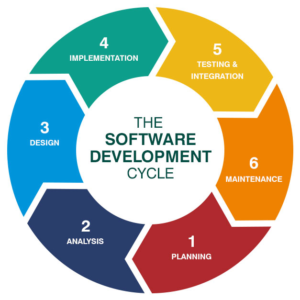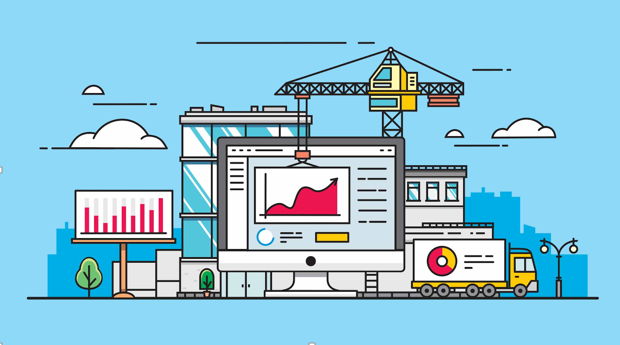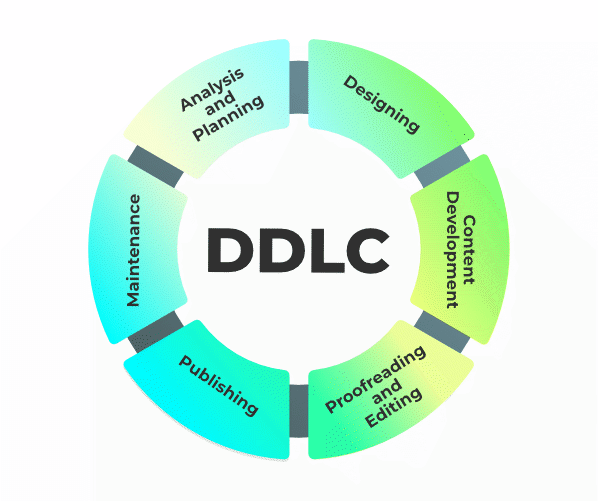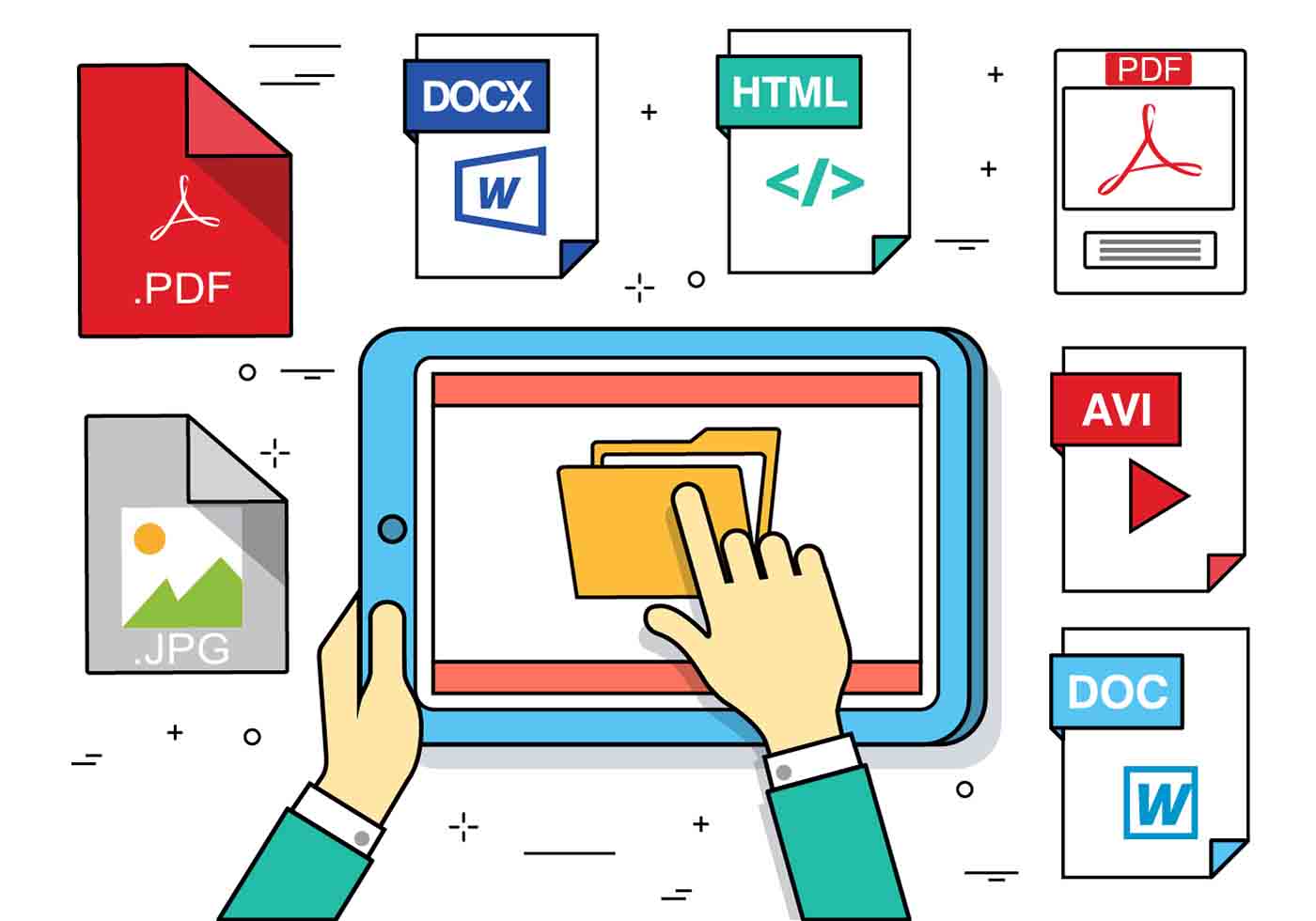Introduction
In a rapidly evolving tech space, it is only fitting that established organizations employ the services of software engineering and technical writing teams for product development. These teams implement different practices to develop high-quality products. The software engineering team uses the Software Development Lifecycle (SDLC), while the technical writing team uses the Document Development Life Cycle (DDLC).
This blog post will carefully highlight the differences between the Software Development Life Cycle (SDLC) and the Document Development Life Cycle (DDLC).
What is the Software Development Life Cycle (SDLC)?
Software Development Life Cycle (SDLC) is a standardized process for designing, developing, and maintaining high-quality software. It is the blueprint that displays the step-by-step procedures involved in software development.

Stages of Software Development Life Cycle (SDLC)
The SDLC model has six (6) significant stages tailored to bolster quality, coherence, and customer satisfaction. It ensures that the right people are involved in the right activities at the right time.
Planning stage
The planning stage is where the development team formulates a basic plan for what an application needs based on business requirements. Since aligning technical goals with business priorities is expedient in the planning stage, there must be effective communication between developers and business stakeholders. The planning stage is complete once the development team determines the software’s purpose and required features.
Analysis stage
The analysis stage defines the system requirements. This stage requires the development team to perform technical analysis on the plans developed in the previous stage and determine how best to implement them. The analysis stage also evaluates the product’s requirements for system feasibility.
Design stage
In the design stage, the software engineers assess the requirements to identify the most suitable practices to create the software. The design stage is where the architectural formation of the software is done, with the implementation of Software Requirement Specification (SRS) as a point of reference. Tools used for visual representation of the software’s structure are;
- The unified modeling language (UML).
- Data flow diagrams.
- Decision trees to decipher complex relationships.
- Simulations to predict software performance.
Implementation stage
The implementation phase is where the creation begins. Developers use specific programming skills to develop software and extensive database knowledge to store user credentials. The coders must adhere to specific protocols to champion clarity, uniformity and efficiency. Some examples are;
- Use of Camel Casing as opposed to Pascal Casing
- Use of comments to explain code
- Refactoring where needed
- Code review at completion.
Testing and Integration
After defining the software’s features, testing whether the software is functional before deployment is only suitable. The sole purpose of this stage is to check for defects and deficiencies. Developers and the Quality Assurance (QA) team use automated testing tools to swiftly compare results, reduce time wastage, and improve software quality. In this phase, the answer to the question, “Did we get what we want?” is determined.
Deployment and Maintenance Stage
After detailed testing and due diligence, the product should be ready for release. This stage is considered to be some sort of model testing in an environment, but with the added advantage of user feedback; this feedback is where the maintenance gear kicks in to ensure smooth operation from the developer’s end by deploying software patches, which are periodically issued to fix deficiencies and sort out security issues on the software.
The Software Development Life Cycle Models
Over fifty recognized SDLC models are out there, with six (6) being predominantly used. The implementation of these models depends on the software’s specifications. Some examples include;

1.Waterfall Model
Waterfall is the foundational model of SDLC. It has been the most popular and straightforward model since it debuted in the 1970s. The waterfall model employs a sequential design process that flows from one phase to the next, similar to a waterfall, where the outcome of the current phase serves as the input of the next. The next phase can begin once the previous phase is completed. The drawback of the waterfall model is the issue of mutability due to its low flexibility.
2.Agile Model
As the name implies, the agile model is designed to adapt to changes quicker than the waterfall. It describes a software development technique focusing on team collaboration, swift delivery, and process optimisation. Agile is well suited for products that require flexibility and the ability to adapt to changing requirements. The drawback of this model is that the heavy emphasis on interaction between customers or team members could lead the project in a different direction.
3.Iterative Model
The iterative model organizes the development process into cycles instead of linear succession. This SDLC model emphasizes repetition as the modus operandi. It allows developers to frequently make changes to learn from their mistakes before they become costly. It is ideal for large projects that can be divided into smaller projects.
4.Spiral Model
The spiral model is one of the most crucial SDLC models out there. It combines elements of waterfall and iterative models because processes are concluded in smaller cycles that follow a linear progression. The spiral model has an underlying advantage that minimizes risk by focusing on smaller portions of tasks at a time. The diagrammatic representation contains multiple spirals; the number of spirals depends on the type of project.
5.V-Shaped Model
The V-shaped model, also known as the verification and validation model, permits simultaneous development and testing in a sequential order. It focuses on documentation and planning, making it suitable for large-scale projects with long schedules.
6.Big Bang Model
The Big Bang model is described as an erratic and undefined approach to software development, therefore it is considered to be high-risk. It needs proper planning and documentation and it is more suitable for small projects with minimal risk.
What is Document Development Life Cycle (DDLC)?
Document Development Life Cycle (DDLC) is a systematic procedure that enables the delivery and presentation of a particular content in documents. Some examples of documents are PDFs, Word documents, online articles, blogs, etc. The DDLC aims to help improve clarity, readability, and understanding for consumers, or in this case, readers. The content management team comprises technical writers and producers who must adhere to the DDLC procedures to create stellar documents.

The Document Development Life Cycle (DDLC) consists of the following steps. They are:
Analysis and planning
The analysis and planning phase is the first phase of DDLC. In this phase, the technical writer gathers information on a particular piece of content for the team through various means of research, such as Subject Matter Expert (SME) interviews. The technical writer is tasked with explaining what has been developed in simple language. This phase completely involves brainstorming and extracting ideas from multiple sources.
Design
Design is the second phase of DDLC, in which the layout of the content is created. This phase also decides the choice of diagrammatic representations. The technical writing team uses various tools to design content. Examples are MS Office, the Adobe PDF app, RoboHelp Madcap Flare, the Print Screen Tool, MS. Snipping, and Snag-it.
Content Development
The third phase of DDLC is content development, where the technical team develops content by extracting the necessary information for the final document. The team examines their rough research to draw inferences and correctly outline them. The outline is used to build the document.
Proofreading and Editing
Proofreading and Editing is the process of reading the content before submission. In this stage, the document is read line by line to ensure it is void of spelling, punctuation, and grammatical errors.
Editing is known as the corrective process. After the document has gone through the proofreading stage, it will be subjected to rectification, where all discrepancies will be removed. Editing documents requires concentration and focus to ensure they are void of deficiencies rather than creating further errors.
Publishing
Publishing is the fifth stage of DDLC, where the written document is published online for public consumption. Once the document has gone through the proper development channels and all outstanding issues have been sorted, it is ready to be deployed for public perusal. Hyperlinks are allowed in the online release of the document as a gateway to other related topics.
Maintenance
Maintenance is the final stage of DDLC. This is the phase where the document is updated, modified, and upgraded after initial deployment. There often are discrepancies in the initial release of the document, but the maintenance phase handles this issue by dispatching content updates. The maintenance phase gives room for the reiteration of the first, second, third, fourth, and fifth phases of DDLC in order to achieve consummate satisfaction.
Software Development Life Cycle (SDLC) vs Document Development Life Cycle (DDLC)
The SDLC and DDLC are structured development processes with different outcomes at completion. SDLC refers to the development of software, while DDLC refers to the development of documents.
| Parameter | Software Development Life Cycle (SDLC) | Document Development Life Cycle (SDLC) |
| Goal/Result | The end goal for the SDLC is satisfactory software | The end goal for the DDLC is a satisfactory Document |
| Tools Used in Design | Unified Modeling Language (UML), Data flow diagrams,dbms knowledge base and programming languages. | Ms Office, Adobe PDF app, RoboHelp Madcap, Ms Snipping and Snag It. |
| Expertise | A software team customarily implements SDLC. |
A technical writing/content development team customarily implements DDLC. |
Benefits of Document Development Life Cycle (DDLC)
The sole purpose for the existence of DDLC is to conceive a standardized way of producing time-optimized, low-cost documents. Some advantages of DDLC are:
1.Quality: Implementing DDLC ensures the documents are accurate, complete, and high-quality. The proofreading and editing stage is responsible for this.
2.Consistency: DDLC provides a consistent framework to ensure all documents within an organization are uniform.
3.Compliance: DDLC helps ensure documents comply with the organization’s regulatory requirements.
4.Risk Reduction: DDLC aids in reducing errors, redundancy and inconsistencies found in poorly developed documents.
5.Collaboration: DDLC provides a common ground for various teams to share insights on documents, allowing proper communication among teammates.
Conclusion
In summary, SDLC and DDLC are both tailored to meet the needs of their respective development teams. The technical writing team at Remita follows the DDLC strictly to ensure the clarity and consistency of documents while the Software development team follows SDLC’s best practices for standard product development. Both teams work together like a well-oiled machine to deliver high-quality products and services that stand rivaless!

